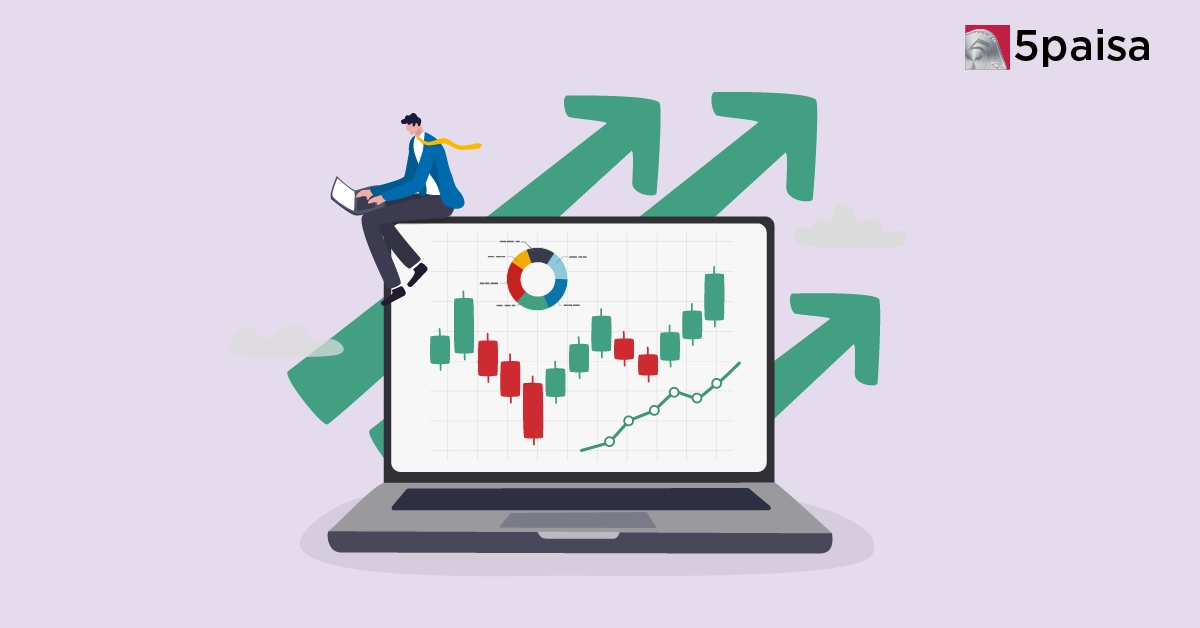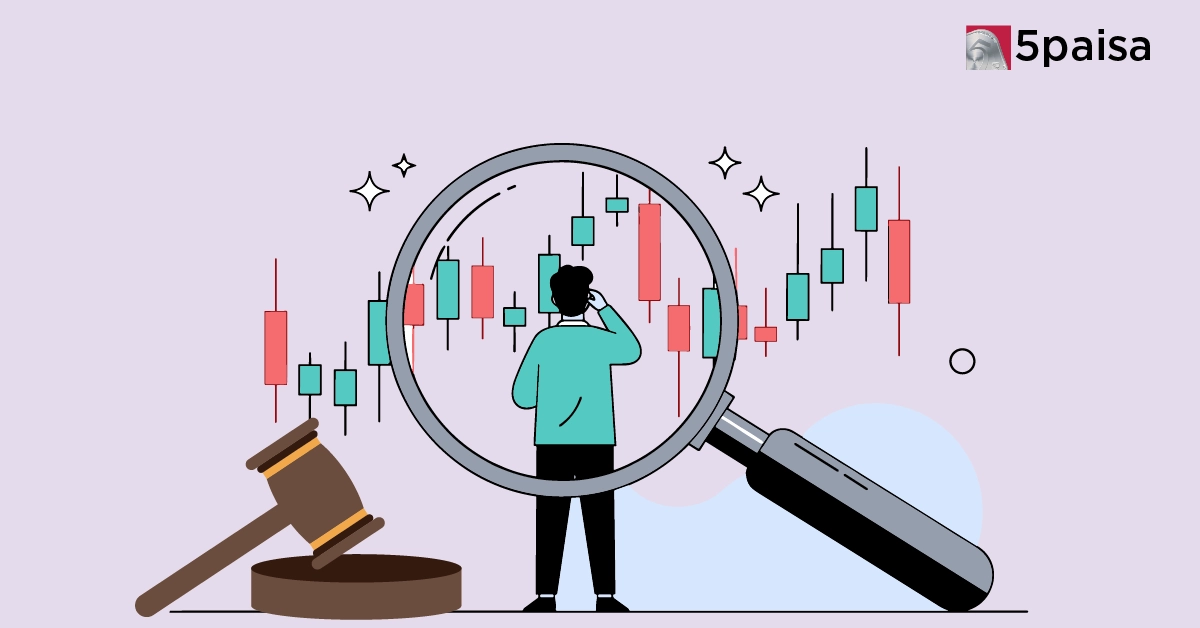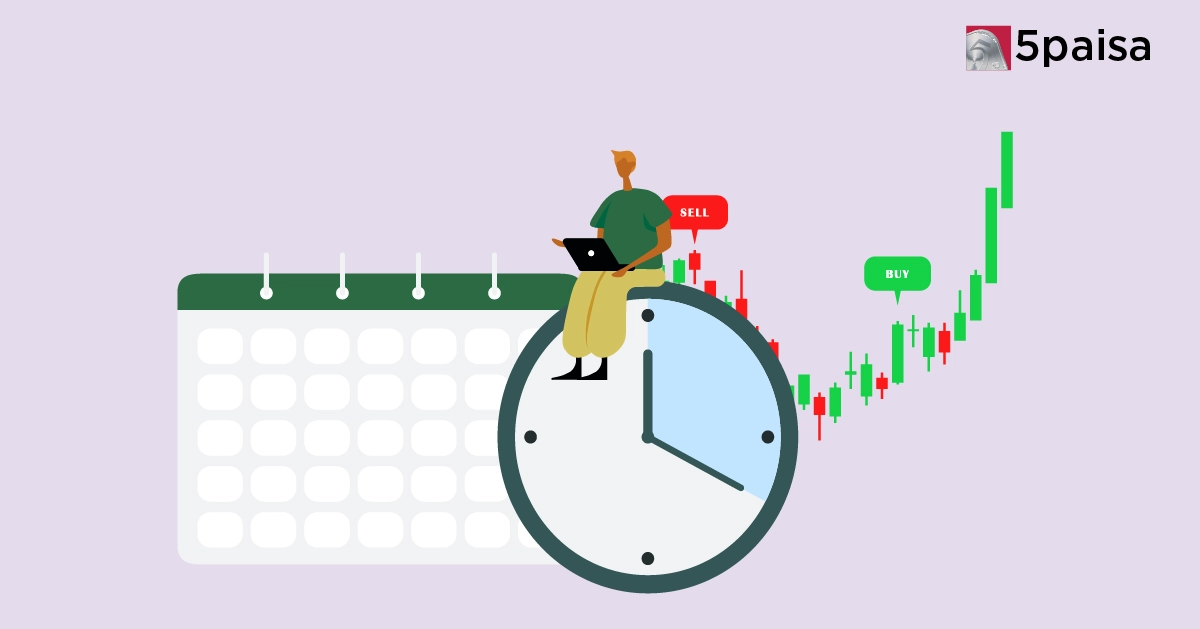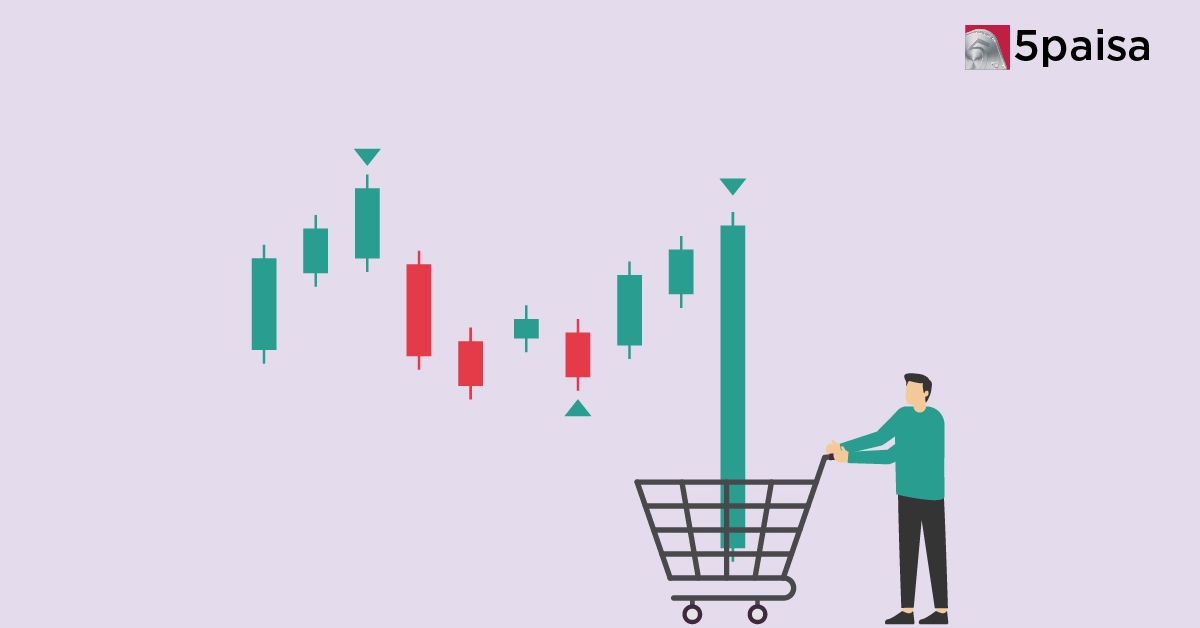How Are Unlisted Companies Valued? Common Approaches and Methods
How To Use Stock Volume To Improve Your Trading?

Last Updated: 12th September 2025 - 03:50 pm
In today’s data-rich markets, investors often focus heavily on price charts, earnings reports, and fundamental ratios, yet overlook one of the most telling signals of investor sentiment: volume analysis on stocks. Think of trading volume as the "pulse" of the market. It doesn’t tell you everything, but it reveals when the market is getting excited or worried.
For the investor, understanding how to read stock volume indicators is crucial. The rise of algorithmic trading and greater involvement from big institutions have made trading volume signals more critical than ever. These signals help confirm genuine price movements or warn traders about potential fake breakouts that could lead to losses.
Let us now understand how volume is practical in entry and exit decisions and how to work it into your method without complicating things.
Why Is Volume Crucial in Stock Analysis?
Volume is the number of shares traded within any specific period. Although it may appear to be merely another statistic, it remains one of the most reliable data points in validating price movements in the financial markets.
A price rise or fall may not be significant unless it is confirmed by trading volume. For example:
- A stock rally on low volume? Be cautious. It might not be sustainable.
- A breakout with volume surge? Now that could be the real deal.
In short, volume helps you distinguish between noise and genuine momentum.
Price and Volume Relationship: What to Check Out For?
Understanding the relationship between volume and price is crucial for accurate trade validation and risk management. Here are three foundational volume-price patterns:
- Rising Price + Rising Volume = Strong bullish trend
- Falling Price + Rising Volume = Strong bearish trend
- Price Movement + Low Volume = Potential fakeout or reversal
One common mistake? Assuming price action alone is enough. In reality, most professional traders wait for volume-based entry signals before making a move.
Technical Volume Analysis Tools Every Investor Should Know
Volumes in the markets, offering different kinds of sources of volume analysis, help simplify making the decision: The best in 2025 include:
- On-Balance Volume (OBV): This indicator utilises price and volume to track accumulation or distribution.
- Volume-Weighted Average Price (VWAP): The institution's favourite indicator, as it shows the average price at which a stock is traded, weighted by volume.
- Chaikin Money Flow (CMF): Indicates whether a stock is under buying or selling pressure.
- Volume Flow Indicator (VFI): Filters out random volume and focuses on the strength of money flow.
Using these tools helps identify volume momentum indicators, offering deeper insight than price alone.
Recognising Volume Chart Patterns & Trends
Charts tell stories, and volume chart patterns are their subtext. Here’s what to look for when analysing stock volume trends:
- Volume Clusters in Trading: Watch for repeating volume spikes at certain price levels. These often represent institutional activity.
- Volume Divergence: A mismatch between price direction and volume trend may signal a reversal.
- Volume Trends Before Stock Rallies: A subtle rise in volume before a price breakout can be a precursor to a sharp move.
Identifying relative volume analysis can help you spot when a stock is trading with unusually high or low volume, signaling a possible opportunity or risk.
Using these tools helps identify volume momentum indicators, offering deeper insight than price alone.
Volume as a Secondary, Not Standalone Indicator
While powerful, volume as a secondary indicator is most effective when paired with other signals. For instance, confirm bullish sentiment by combining:
- Strong P/E ratio performance
- Healthy Return on Invested Capital (ROIC)
- Uptrend in Accumulation/Distribution Line
Also, consider context. Is the market bullish overall? Is the sector seeing rotation? Is institutional volume present?
Never rely solely on volume. It enhances, but doesn’t replace, core analysis.
The Risks of Low and Misleading Volume
Low volume trading risks are real. Thinly traded stocks often exhibit erratic price behaviour, where even small trades can cause significant swings. This makes it difficult to:
- Set stop-losses accurately
- Gauge real interest
- Execute trades without slippage
Also, beware of false breakouts driven by temporary volume spikes. Use real-time filters and volume confirmation strategies in technical analysis to reduce these risks.
Best Practices: How to Use Volume Analysis Before Buying a Stock
Before you buy a stock, consider this checklist:
- Confirm price trend with stock volume indicators
- Look for volume breakout strategy signals
- Use volume profile analysis to identify support/resistance zones
- Monitor bid-ask volume to assess current demand/supply
- Validate with VWAP and OBV for trend strength
This ensures that your decision is based not just on momentum, but on the collective conviction of the market.
What Should You Check Before Buying Using Volume?
So, what should you check before buying a stock based on its volume? In short:
- Is the volume confirming the price move?
- Is there a clear volume spike or trend?
- Are the leading volume indicators for stock trading in agreement?
- Are broader conditions (like sector health or market sentiment) aligned?
Mastering volume doesn’t mean you need to become a charting wizard. The best volume-based indicators for beginners are intuitive, such as OBV and VWAP, and when combined with price action, offer an edge that many retail traders overlook.
- Flat ₹20 Brokerage
- Next-gen Trading
- Advanced Charting
- Actionable Ideas
Trending on 5paisa
Indian Stock Market Related Articles
Disclaimer: Investment in securities market are subject to market risks, read all the related documents carefully before investing. For detailed disclaimer please Click here.

 5paisa Capital Ltd
5paisa Capital Ltd
 5paisa Capital Ltd
5paisa Capital Ltd



